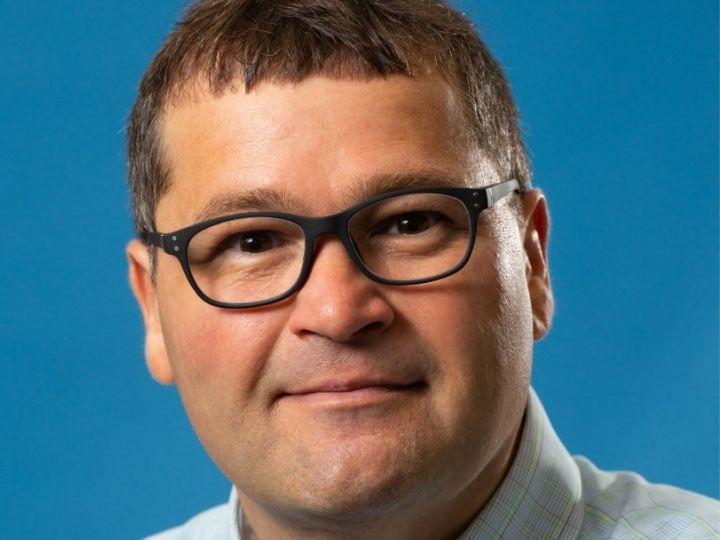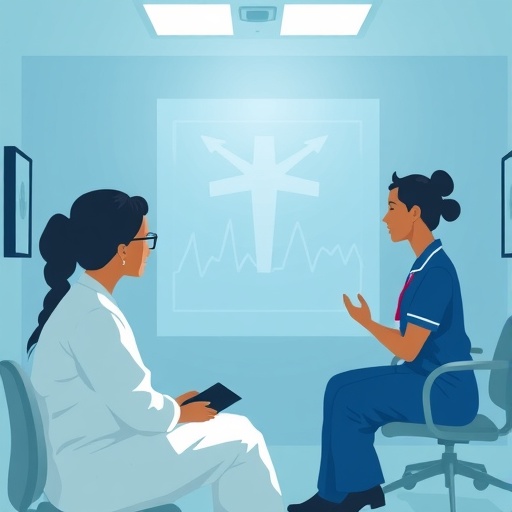Study focuses on impact of simultaneous usage on developing brain, nerves and blood vessels

Credit: University of Houston
An unforeseen consequence of normalization of marijuana use is that adolescents and adults of childbearing age are increasingly engaged in a practice of Simultaneous Alcohol and Cannabinoid (SAC) use, or co-ingestion. A recent U.S. hospital-based assessment revealed that at the time of birth, about 22% of assessed umbilical cords were positive for marijuana.
“It is likely, given the documented synergy between ethanol and cannabinoids, that their combined ingestion will, as hypothesized, result in increased neurogenic and neurovascular deficits in exposed offspring,” said Kirill Larin, University of Houston professor of biomedical engineering.
Larin and collaborator Rajesh Miranda of Texas A&M University received a $2.5 million grant from the National Institutes of Health to acquire evidence to guide studies on SAC birth outcomes, and to assess the effectiveness of new pharmacological interventions targeted to cannabinoid receptors to prevent or reverse effects of prenatal alcohol exposure (PAE).
PAE is an established cause of brain-based disability and cannabinoids are known contributors to newborn birth defects. “SAC use is motivated and maintained by a phenomenon termed ‘cross-fading,’ where the combined use amplifies each drug’s psychological effects,” said Larin. “Cross-fading also appears to contribute to increased craving for both alcohol and marijuana and may contribute to the emergence of poly-substance use.”
Larin approaches the research with two questions in mind: Is SAC more damaging to fetal development than either alcohol or cannabinoids alone? And can an anti-cannabinoid drug protect against the effects of PAE and SAC?
“Our studies will focus on the effects of SAC on the formation of nerve tissue and blood vessels, the complementary growth that supports fetal brain development,” said Larin. He will use state-of-the-art optical imaging (optical coherence tomography and light-sheet microscopy) and high-resolution ultrasound imaging to assess the effects of SAC on brain and behavior, nerve growth and cerebrovascular blood flow.
“With the increased potency of today’s marijuana, as well as the street availability of potent synthetic cannabinoids, a re-evaluation of potential developmental harms is imperative,” said Larin.
###
Media Contact
Laurie Fickman
[email protected]
Original Source
https:/




